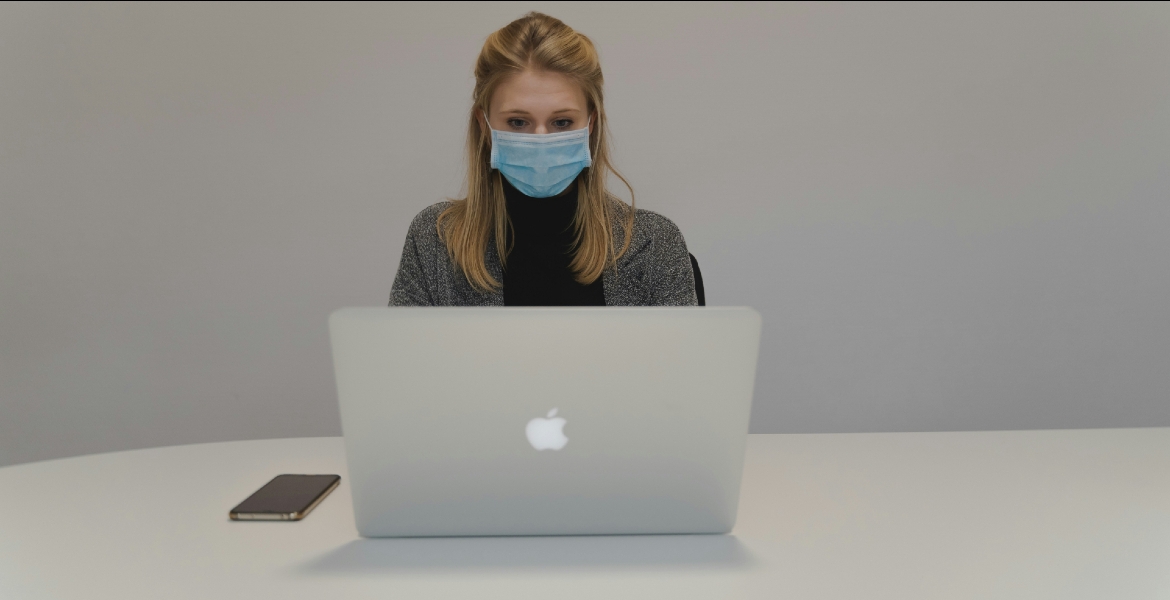France tightens sick-leave paperwork: a secure paper form is now required

From 1 September 2025, France requires a new secure paper sick-leave form (Cerfa) whenever the doctor can’t transmit the leave electronically. The form carries seven anti-fraud features (including a hologram and magnetic ink) and replaces older paper templates that had become easy to forge.
From 1 September 2025, France requires a new secure paper sick-leave form (Cerfa) whenever the doctor can’t transmit the leave electronically. The form carries seven anti-fraud features (including a hologram and magnetic ink) and replaces older paper templates that had become easy to forge.
A government decree took effect 1 July 2025 with a summer grace period; as of September 1, non-secure paper forms are rejected. Scans and photocopies are not accepted by Social Security.
Why this matters
Roughly 8 out of 10 sick notes in France already flow electronically from the prescriber to the insurer (Assurance Maladie). The change targets the remaining ~20% of situations where paper is still used (e.g., home visits, system outages). Fraud linked to fake sick notes surged in 2024, prompting the security upgrade.
What changed (and when)
- July 1, 2025 — Decree enters into force; new secure form available nationwide. Scans/photocopies are treated as fakes by Assurance Maladie.
- July–August 2025 — Tolerance period while clinics stock the new pads.
- September 1, 2025 — Hard stop: any non-secure paper sick note is rejected and sent back to the prescriber; the patient is notified.
What hasn’t changed
- Electronic first. Doctors must prioritize electronic transmission via the patient’s Carte Vitale. Paper is only for exceptions.
- “Three slips” rule on paper remains:
- Volets 1 & 2: the employee must send the originals within 48 hours to their local Social Security fund (CPAM).
- Volet 3: to the employer
- No diagnosis appears on Volet 3 — still protected by medical secrecy.
Practical impact for U.S. employers operating in France
- Receipt policy for Volet 3. Many HR teams accept a scan of Volet 3 to start processing. You can continue for speed, but recognize that security features are only verifiable on the original. Update policy to request the physical original by mail or upon return, and keep it on file.
- DSN processing. As soon as you receive the initial sick note, trigger the DSN event/attestation so IJ (statutory daily benefits) can be calculated. Don’t wait for the end of the absence.
- Train your HR coordinators. They should know what the secure form looks like (hologram, magnetic ink, special paper) and the new rejection rules/timelines. If something looks off, verify the prescriber in the national RPPS directory and contact the CPAM employer line.
- Remind employees of the 48-hour deadline. Late submissions can jeopardize benefits; your internal leave guide should echo the CPAM timelines.
- Privacy remains strict. Refrain from asking for diagnoses; Volet 3 doesn’t contain medical reasons by design.
Quick compliance checklist
- Accept a scan of Volet 3 to kick off payroll/absence workflows but require the original for your records.
- Reject any old, non-secure paper forms; ask the employee to return to the prescriber for the secure version.
- File DSN event/attestation immediately upon receipt.
- Escalate suspicious cases: check prescriber in RPPS, then call the CPAM employer line.
Source(s) :
